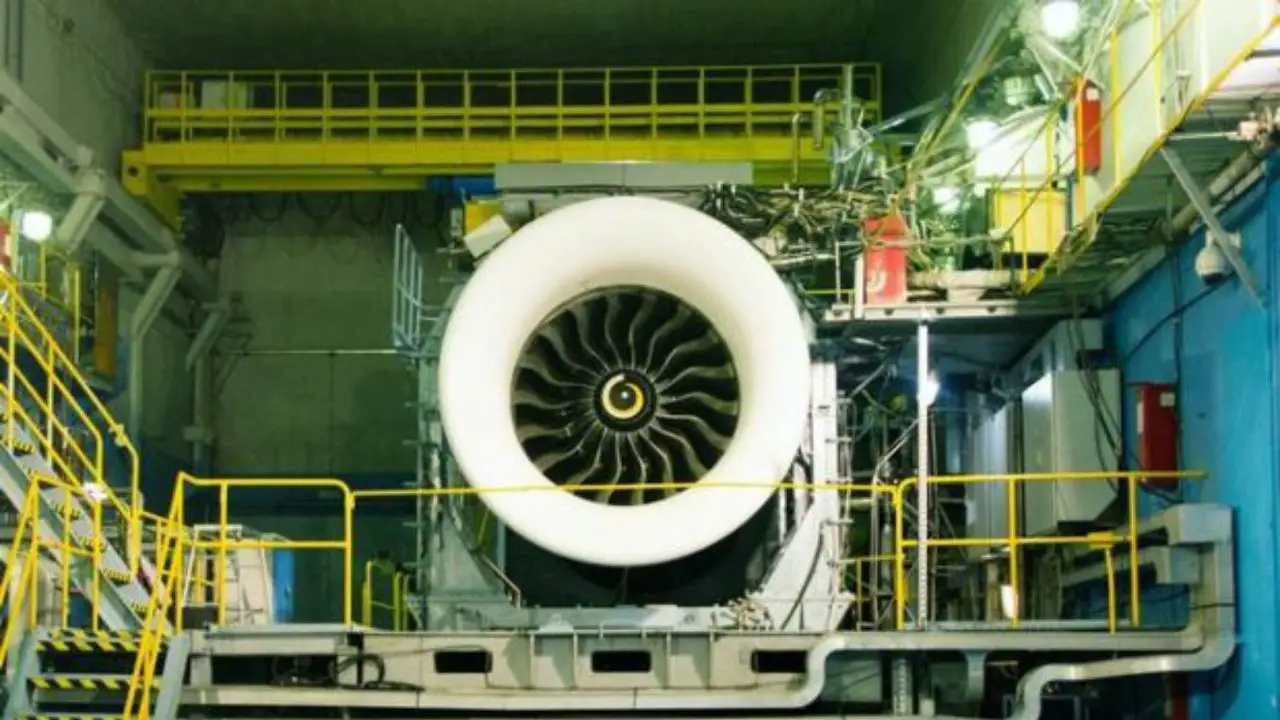The United Engine Corporation (UEC) is currently in the process of integrating cutting-edge thermoplastic composite materials into the construction of aircraft engines. This initiative has the potential to generate engines that are more lightweight, cost-effective, and technologically advanced. The use of thermoplastics enables a substantial decrease in the weight of aircraft engines, which directly contributes to enhanced fuel efficiency and reduced operating expenses. Furthermore, the manufacturing time of parts is reduced by these materials, which accelerates production processes and reduces overall production expenses. In comparison to conventional composites, thermoplastic materials offer numerous significant benefits: they facilitate a shorter production cycle, which is particularly critical for mass production; they enable the recycling of components, thereby promoting more environmentally friendly and sustainable manufacturing; and they simplify the repair and restoration of components, thereby improving the reliability and durability of aircraft engines. Thermoplastics are a significant trend in the global aviation industry due to their properties. UEC experts anticipate that by 2030, at least 5% of the mass of an aircraft engine will be composed of thermoplastic polymer components, and by 2040, this figure could increase to 25%, suggesting a significant industry transition to new materials.
Implementation and Technological Advancements
The development of technologies for pressing and welding thermoplastic materials is currently in progress at prominent UEC enterprises, including UEC-Saturn and UEC-Aviadvigatel. These technologies are essential for mass production and enable the development of high-quality components that possess the requisite operational characteristics. These innovations are to be implemented as part of the production of new generations of aircraft engines, including the PD-14, PD-8, and PD-35, which are designed to supplant obsolete models and guarantee Russian aviation’s technological independence. Furthermore, the practical success of the materials and technologies being introduced has been confirmed by the application of modern sound-absorbing composite structures at UEC, particularly in the PS-90A turbofan engine.
Prospective Research Areas
The application of additive manufacturing technologies, particularly 3D printing with layer-by-layer deposition of perpetually reinforced filament, is one of the most promising areas for development. This technology enables the development of intricately shaped and structured components that possess enhanced mechanical properties and reduced weight. Simultaneously, efforts are underway to automate the assembly of prepregs, which are pre-impregnated reinforcing materials. This process enhances the quality and precision of composite product manufacturing. The recycling of secondary materials is given particular attention, as it is by contemporary environmental standards, and encourages the more efficient utilization of resources. Additionally, inventive 3D weaving technologies are being developed to create 3D reinforced polymer composite materials, which will expand the design and production of aviation components with distinctive properties.
Applications
Thermoplastic materials are anticipated to be extensively employed in the production of various components that comprise the external contour of aircraft engines. These materials will be used to make the fan casing and blades, which are among the engine’s most complex and vital parts. The overall reliability and efficacy of engine operation will be enhanced by the use of thermoplastics in the construction of the intermediate casing and the gas generator casing. The aviation industry will benefit significantly from the implementation of novel materials in these components, as it will not only improve operational characteristics and reduce weight but also simplify maintenance and repair processes.
Industry Context and Exhibition
UEC presented its accomplishments and plans in the field of thermoplastic materials application at the “Innoprom-2025” exhibition in Yekaterinburg, as part of the thematic segment “Thermoplastics—New Materials for Industry.” This served as a critical venue for the exchange of experiences and the demonstration of technological advancements with other members of the industrial community. The exhibition’s primary theme, which is the attainment of technological leadership and industrial achievement for Russia, is a direct reflection of the strategic objectives established by UEC in the development of aircraft engine manufacturing. The corporation’s aspiration to not only remain current with global trends but also to develop innovative solutions that fortify Russia’s market position is illustrated by the introduction of new materials and technologies.
In conclusion,
UEC employs a methodical and comprehensive approach to the integration of thermoplastic materials into the aircraft engine manufacturing process. The primary objectives are to decrease the weight and cost of the engines, abbreviate the production process, and enhance the environmental sustainability and reparability of the products. These endeavors are indicative of the global industry’s development trends and are designed to establish Russia’s technological independence and leadership in the aircraft engine manufacturing sector. The implementation of novel technologies and materials will facilitate the development of engines that are more competitive and efficient and that satisfy the contemporary needs of the aviation sector.
Official Website of Youtube Channel – Altitude Addicts
